Why Are Leading Russian Mills Switching to Our Automatic Coil Packaging Line?
As a factory manager, you are under constant pressure. You need to increase output, control costs, and keep your people safe. I know this because I've been there. You look at your production line and see a major bottleneck right at the end: the packing station. Your manual or semi-automatic process for handling heavy steel coils is slow, inefficient, and frankly, dangerous. Every time a worker has to manually handle a coil, you're risking a serious injury, and every minute the packing station is backed up, your entire operation slows down. It's a frustrating cycle that eats into your profits and puts your team at risk. You know there has to be a better way, a solution that doesn't just put a band-aid on the problem but fundamentally fixes it.
Leading Russian mills are switching to our automatic coil packaging lines because they provide a complete, end-to-end solution that directly solves the core challenges of efficiency, safety, and product protection. These fully automated systems integrate seamlessly with production, eliminating manual handling, accelerating throughput, and ensuring every coil is perfectly wrapped and secured. This move isn't just about buying a new machine; it's a strategic investment in operational excellence that delivers a clear and rapid return by reducing labor costs, preventing product damage, and drastically improving workplace safety.
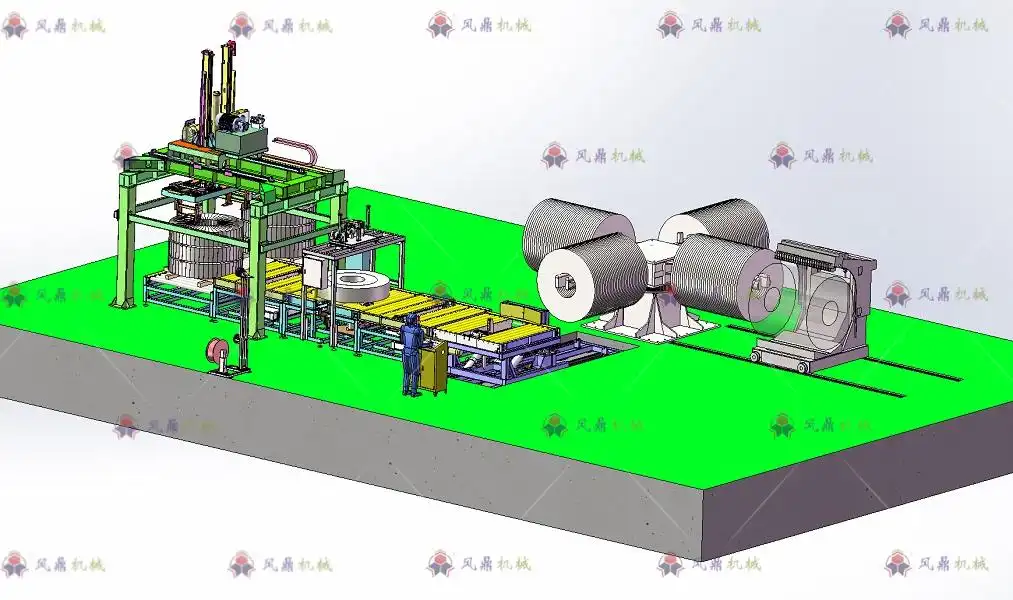
I understand the hesitation. You've likely dealt with equipment suppliers who promised the world and delivered a machine that didn't quite fit your needs, with after-sales support that was nowhere to be found. You're not just looking to buy a piece of equipment; you're looking for a reliable partner who understands the steel industry and can provide a solution that works. That's why I want to break down exactly how an automatic line solves these critical problems, based on my own experience as an engineer and a factory founder. Let’s look at the real-world challenges you face every day and how the right automation addresses them head-on.
How Can Automation Break Your End-of-Line Bottleneck?
Your slitting line is running at high speed, producing coil after coil, but then everything grinds to a halt. Finished slit coils are piling up, waiting to be strapped, wrapped, and moved. This is a classic end-of-line bottleneck. Your manual packing process, no matter how hard your team works, simply cannot keep up with the output of your production machinery. This inefficiency ripples backward, forcing you to slow down your entire operation, leading to missed deadlines and frustrated customers. The problem isn't your people; it's the process. You need a system that matches the speed and consistency of your production from start to finish.
Automation breaks your end-of-line bottleneck by creating a synchronized, continuous, and high-speed workflow that handles coils as fast as they are produced. An automatic packaging line takes the coil directly from the slitter turnstile, moves it, straps it, wraps it, and stacks it without manual intervention. This removes the variable speed and physical limitations of human labor, allowing your entire production line to operate at its maximum designed capacity and ensuring a smooth, predictable flow of finished goods to your warehouse or shipping dock.
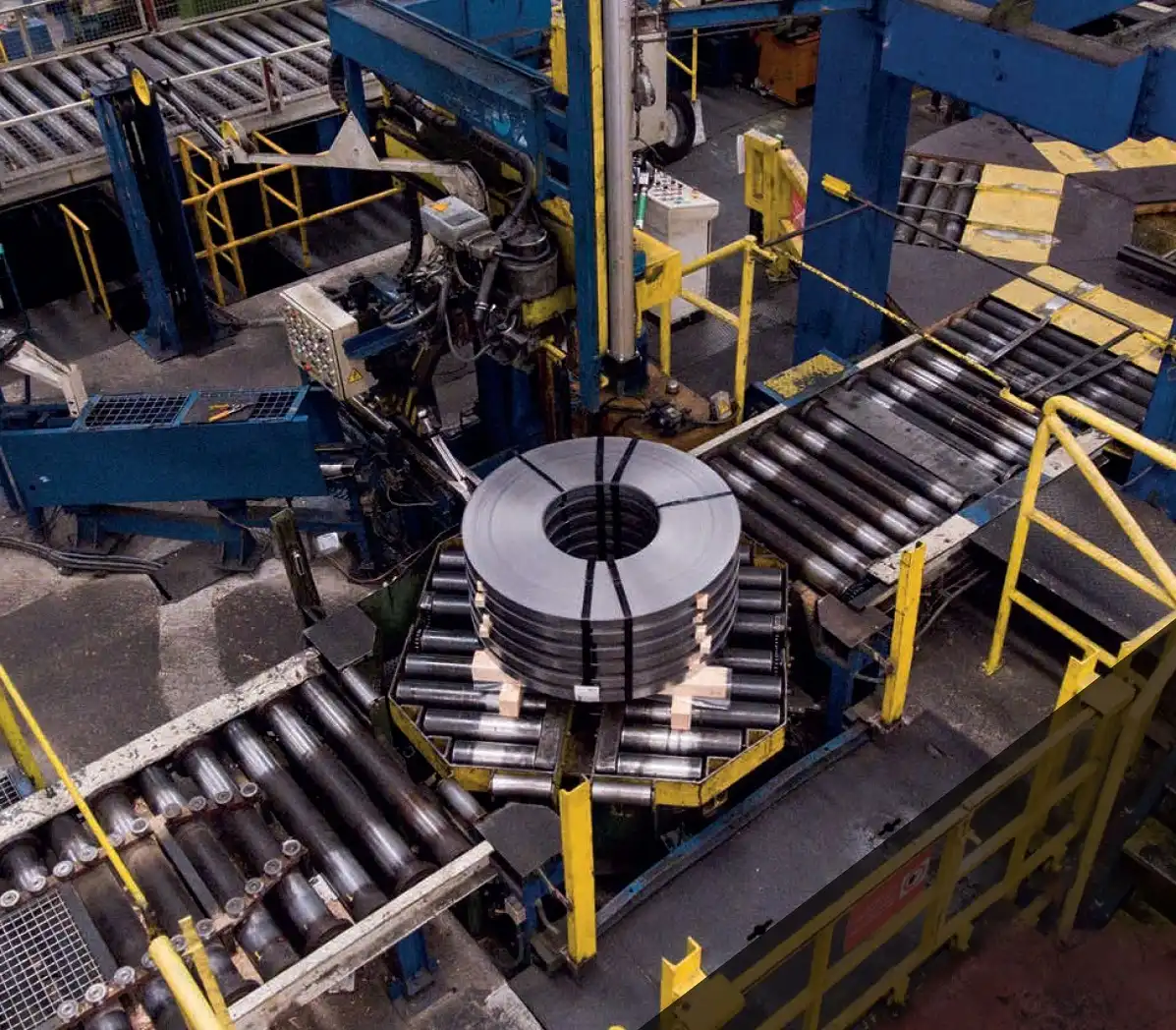
The True Speed of Your Operation
The speed of your factory is not determined by its fastest machine, but by its slowest process. For many metal processing plants, that slowest process is packaging. A high-speed slitter might produce a set of coils in minutes, but if it takes your team 30 minutes to manually down-end, strap, and wrap that same set, you have a major disconnect. This is the core of the bottleneck.
I once visited a client, a factory manager much like you, Michael. His team was excellent, but they were exhausted. They used overhead cranes and manual strapping tools to secure each coil. The process was slow and physically demanding. His multi-million dollar slitting line was often idle, waiting for the packing area to clear. He was losing valuable production hours every single day. The problem wasn't a lack of effort; it was a lack of the right tools. An automated line is designed for continuous flow. A coil car picks up the coil set, a down-ender safely tilts it, the strapping machine applies straps in seconds, and an orbital wrapper applies a protective film—all in a seamless sequence. This system doesn't need to take breaks and it performs each task with perfect consistency.
Analyzing the Bottleneck: A Step-by-Step Comparison
To truly understand the impact, let's compare the steps. A manual process involves multiple, disconnected actions with significant wait times in between. An automated process integrates these actions into one fluid motion.
| Process Stage | Manual/Semi-Auto Method | Automatic Line Method | Time & Efficiency Impact |
|---|---|---|---|
| Coil Offloading | Crane lift; operator guides coil. | Coil car automatically positions and receives. | Manual is slow, requires skilled operator. Auto is fast, precise, and synchronized. |
| Tilting (Down-ending) | Manual tilter or risky crane flip. | Integrated automatic down-ender. | Manual is a major safety risk and time sink. Auto is safe and takes seconds. |
| Strapping | Hand-held tools, manual feeding of straps. | Automatic strapping head applies and seals straps. | Manual is inconsistent and labor-intensive. Auto is uniform and extremely fast. |
| Wrapping | Workers walk around the coil with rolls of film. | Orbital wrapper applies film with consistent tension. | Manual is slow, wasteful, and provides poor protection. Auto is quick and efficient. |
| Stacking | Forklift or crane operator stacks pallets. | Stacking station automatically arranges coils. | Manual stacking can cause damage. Auto ensures stable, secure stacks. |
By automating this entire sequence, you are not just making the packing part faster. You are unlocking the full potential of your entire production line. Your expensive slitting and rolling equipment can finally run at the speed it was built for, dramatically increasing your plant's overall throughput and profitability.
What's the True Cost of Manual Handling and How Can You Eliminate It?
You see the line item on your budget for workers' compensation insurance, and it's always going up. You deal with the operational headaches when a skilled worker is out for weeks or months due to a back injury or a crushed hand from handling a heavy steel coil. The direct costs are obvious, but the hidden costs are what truly hurt your business. Every near-miss erodes morale. High injury rates lead to high employee turnover, forcing you to constantly train new people. The risk associated with manually flipping, moving, and strapping multi-ton coils is a constant source of stress for you and your workers.
The true cost of manual handling goes far beyond insurance premiums. It includes lost productivity from shutdowns, overtime pay for replacement workers, administrative time spent on incident reports, and the high cost of employee turnover. You can eliminate these costs and the associated risks by implementing a fully automated packaging line. These systems use machines—like coil cars, tilters, and robotic arms—to perform all the heavy lifting and dangerous tasks, removing your employees from harm's way and creating a fundamentally safer work environment.
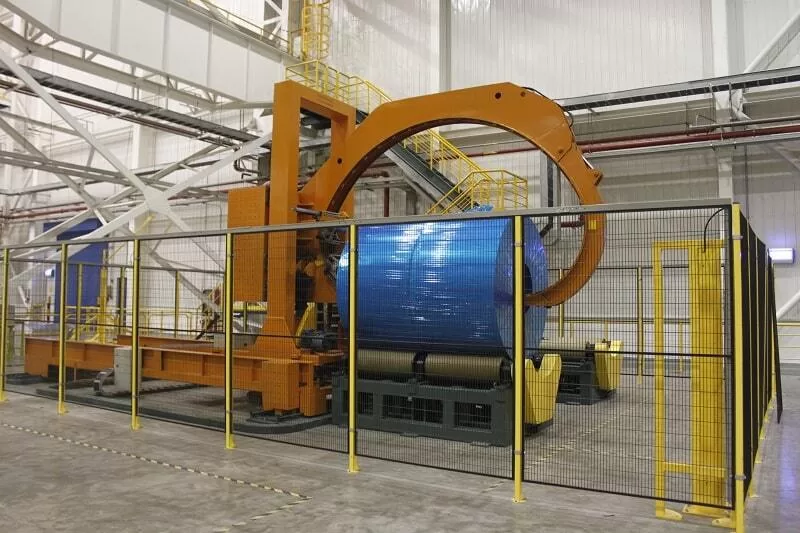
Calculating the Full Financial Impact of an Injury
When a worker gets injured, the costs start adding up immediately. Most managers see the direct costs, but the indirect costs are often four to ten times greater. As a factory manager, you have to justify every investment, so understanding these numbers is critical for making the case for automation.
Let's break it down. Imagine a common injury: a severe back strain from trying to manually guide a swinging coil.
-
Direct Costs: These are the most visible.
- Emergency medical treatment.
- Ongoing physical therapy.
- The portion of the worker's salary paid during leave.
- A significant increase in your workers' compensation insurance premium for the next several years.
-
Indirect (Hidden) Costs: These are the costs that really damage your operation's efficiency and profitability.
- Lost Production: The line must be stopped to handle the incident.
- Administrative Time: Your safety manager and HR department spend hours on paperwork and investigation.
- Replacement Labor: You may need to pay another worker overtime to cover the shift, or hire and train a temporary replacement.
- Decreased Morale: An accident, even a minor one, makes other workers anxious and less productive. They see the risks they face every day.
- Damaged Reputation: High injury rates make it difficult to attract and retain high-quality, experienced employees.
How Specific Automation Components Eliminate Risk
An automatic coil packaging line is a system of solutions, where each component is designed to eliminate a specific manual risk.
| Hazard | Manual Operation | Automated Solution |
|---|---|---|
| Crushing / Pinching | Manually attaching C-hooks or guiding swinging coils from a crane. | Coil Car & Down-Ender: The coil car safely transports the coil on a track. The down-ender mechanically tilts the coil 90 degrees. The operator is never in the path of the coil. |
| Strains / Sprains | Manually feeding heavy strapping material around a large coil. | Automatic Strapping Head: A robotic arm or track feeds, tensions, and seals the strap automatically. No manual lifting or awkward postures are required. |
| Falls / Trips | Workers walking backwards around a pallet, wrapping it with stretch film. | Orbital Wrapper: The coil passes through a ring that applies the film. The worker simply monitors the process from a safe distance at a control panel. |
| Repetitive Strain | Using heavy, vibrating handheld strapping tools all day long. | Fixed Strapping Machine: The machine does all the work. The repetitive, high-strain task is completely eliminated. |
Investing in this technology is one of the most effective decisions a manager can make. It's a direct investment in the well-being of your team. It sends a powerful message that you value their safety, which in turn builds loyalty and reduces the constant, costly cycle of employee turnover. It transforms your facility from a place of high risk to a model of modern, safe manufacturing.
How Do You Stop Product Damage and Customer Complaints for Good?
A customer calls to complain. The steel coils you shipped arrived with dented edges and surface scratches. Now you have to deal with returns, issue credits, and potentially damage a long-term business relationship. This happens because the journey from your slitter to the customer's facility is full of risks. Manual handling with cranes, improper stacking by forklifts, and inconsistent wrapping all contribute to product damage. For materials like steel, copper, and aluminum coils, the edges are particularly vulnerable. Even a small dent can render a slit coil useless for your customer's machinery, leading to costly rejections.
You stop product damage and customer complaints by implementing an automated packaging system that handles every coil with engineered precision and protects it with consistent, high-quality wrapping. This system replaces the unpredictability of manual labor with the reliability of machines designed specifically to transport, strap, and wrap coils without causing contact damage. By ensuring every coil is perfectly packaged, you guarantee it arrives at your customer's door in the same pristine condition it was in when it left your slitter.
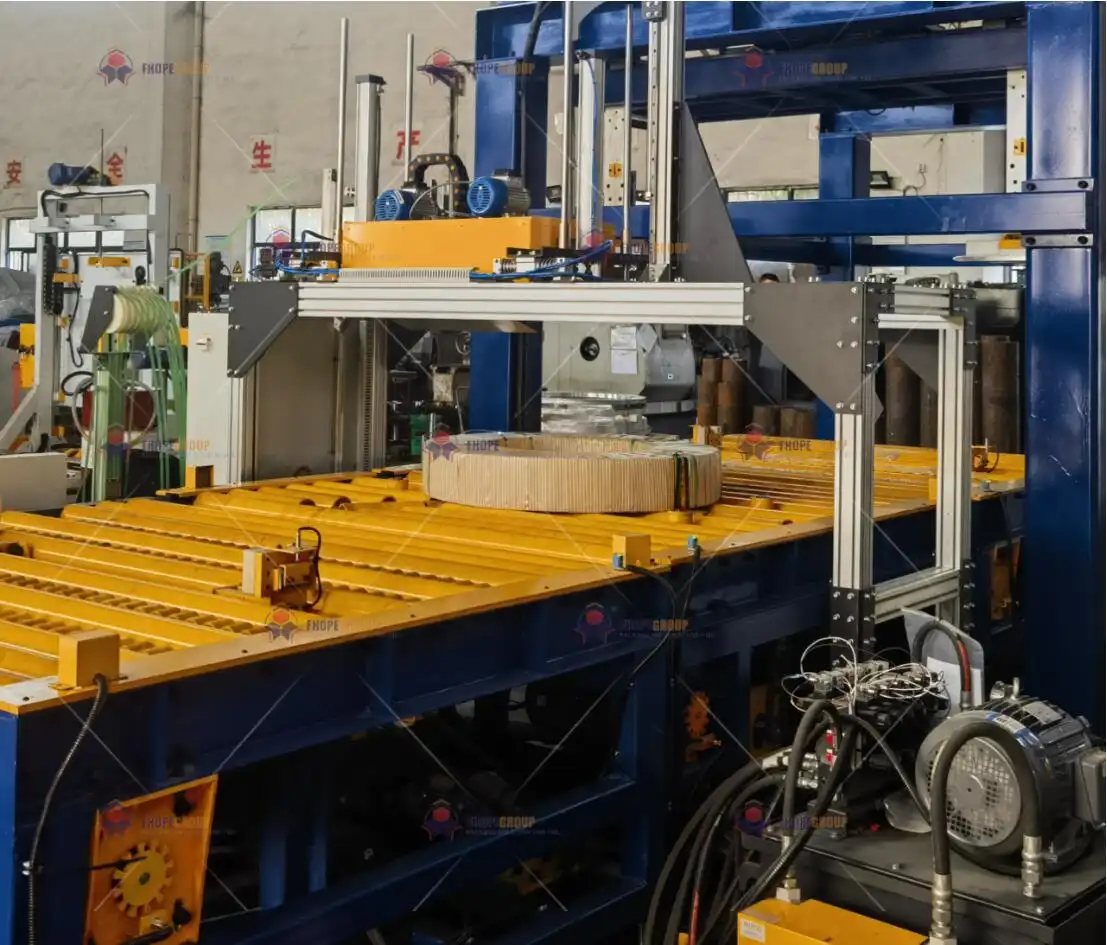
The Anatomy of Product Damage
To solve a problem, you must first understand it. In coil handling, damage often occurs at very specific points in the process. Human error, even from the most careful employees, is a leading cause.
- Surface Scratches: These often happen when coils are bumped during lifting with a C-hook or when they are placed on a rough or dirty surface. Metal-on-metal contact is a primary cause.
- Edge Dents: This is the most common and costly type of damage for slit coils. It can be caused by a forklift tine bumping the coil, a coil being set down too hard, or improper strapping that concentrates too much pressure on a single point.
- Telescoping & Unraveling: If a coil is not strapped with sufficient and uniform tension, the inner wraps can shift or "telescope" during transport. Inconsistent stretch wrapping can also lead to the outer layers coming loose.
- Water Damage & Corrosion: Manual wrapping often leaves gaps or is not applied tightly enough, allowing moisture to seep in during storage or transit, leading to rust and corrosion.
The Protective Shield of Automation
An automatic packaging line is designed as a complete protective system. It addresses each of the damage points with a specific mechanical solution, removing human error from the equation.
| Automation Feature | How It Prevents Damage |
|---|---|
| Polyurethane-Padded Coil Cars | The coil car saddle, which supports the coil, is lined with a soft but durable material. This prevents any metal-to-metal contact, eliminating surface scratches during transport from the slitter to the packing station. |
| Controlled Down-Ending | An automatic down-ender tilts the coil smoothly and places it gently onto the conveyor. There are no sudden drops or impacts that could dent the edges. |
| Circumferential Eye-to-Sky Strapping | The automatic strapping machine applies straps around the circumference (through the eye) of the coil. This secures the wraps and prevents telescoping without putting direct pressure on the fragile edges. |
| Precision Orbital Wrapping | The orbital wrapper applies stretch film with precisely controlled tension and overlap. This creates a tight, waterproof cocoon around the coil, protecting it from moisture, dust, and transit damage. The wrap is uniform every time. |
| Automated Stacking | An automated stacking station gently places wrapped coils onto a pallet in a pre-programmed pattern, ensuring a stable and secure load without the risk of a forklift operator accidentally bumping another coil. |
By investing in this level of precision, you are essentially investing in your reputation. You are no longer just selling steel; you are selling reliability. When your customers know that every shipment from your factory will be perfectly packaged and damage-free, you become their preferred supplier. You stop spending time and money on fixing problems and start building a reputation for quality that drives business growth.
My Insight: What Did I Learn From Building My Own Factory That You Can Apply Today?
Making a big capital investment in new equipment is a nerve-wracking decision. You might be skeptical, and you have every right to be. Perhaps you've been burned in the past by a supplier who made big promises, took your money, and then was impossible to reach when the machine had a problem. You were sold a piece of equipment, but what you really needed was a solution, and you were left to figure it out on your own. This experience creates a deep sense of distrust, making it hard to find a new partner.
The most important lesson I learned transitioning from an engineer to a factory owner is this: the right equipment from the right partner is not an expense; it is the single best investment you can make in your company's future. A true partner doesn't just sell you a machine. They invest their time to understand your specific operational pains—your bottlenecks, your safety risks, your quality issues—and they work with you to engineer a solution that delivers a clear return on investment. They stand by you through installation, training, and long after the sale. This is the only way to ensure success, and it's the philosophy I used to build SHJLPACK.
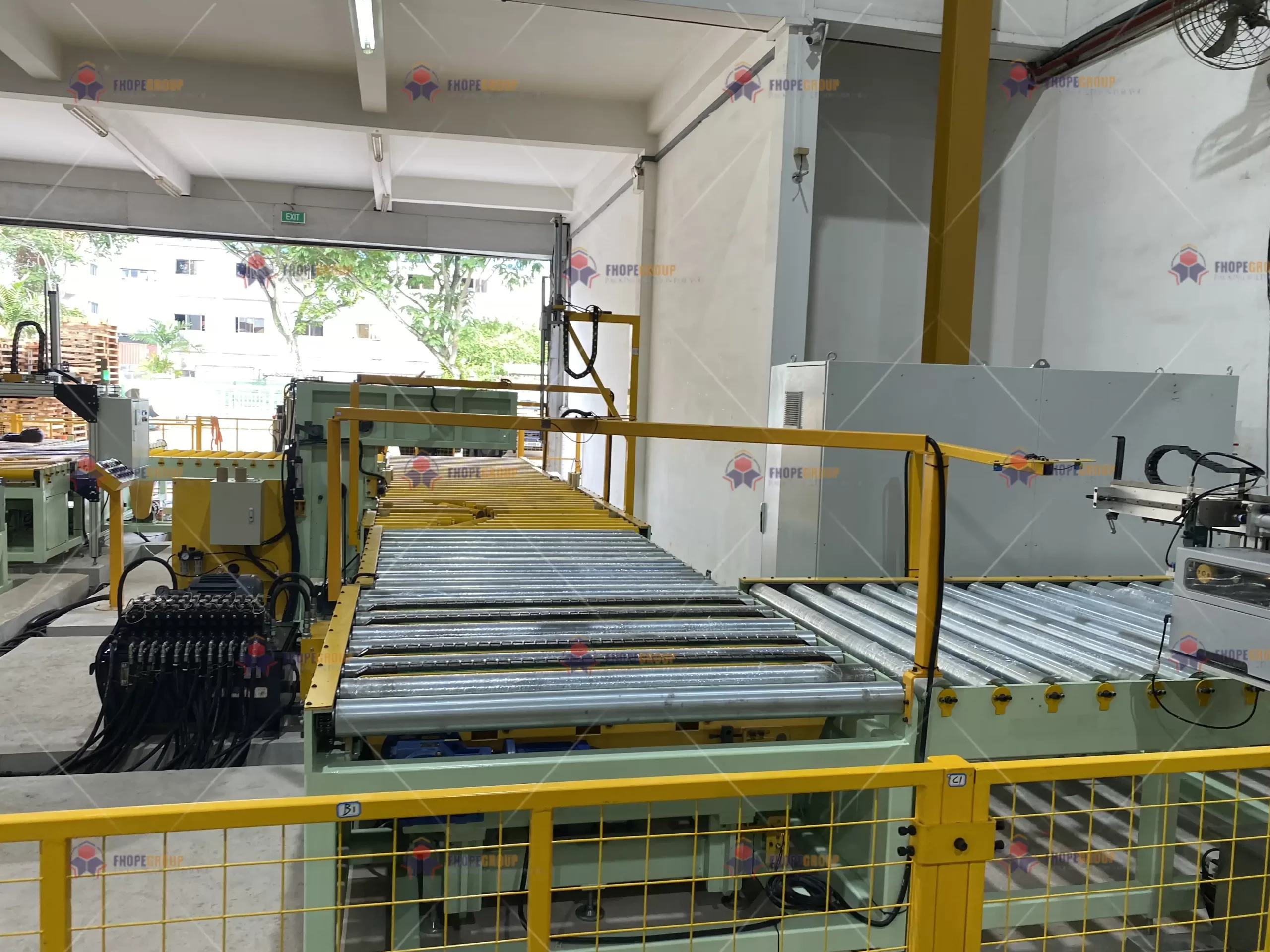
My First Big Machine Purchase: A Lesson in Trust
When I started my own packing machine factory, I had to buy equipment myself. I was working with a tight budget, and like many new business owners, I was focused on minimizing upfront costs. I found a supplier for a critical piece of machinery who offered a price that was significantly lower than anyone else. I thought I was getting a great deal.
It was a disaster. The machine arrived late, the installation was poorly managed, and it never performed to the specifications they had promised. When I called for support, my calls went unanswered. That "cheaper" machine ended up costing me more in downtime, repairs, and lost orders in its first year than the more expensive, higher-quality option would have. I learned a hard lesson: the purchase price is only a small part of the total cost of ownership. The lack of support, the unreliability, and the stress were the real costs. That experience shaped my entire approach to business. I decided that if I was going to sell machinery, I would be the kind of partner I wish I had back then.
From Engineer to Owner: Seeing Both Sides
My background as a packing machine engineer gives me a deep understanding of how the technology works. But my experience as a factory owner taught me what a manager like you, Michael, truly needs.
- An Engineer sees: specifications, cycle times, and mechanical tolerances.
- A Factory Owner sees: ROI, employee safety, production throughput, and customer satisfaction.
A successful solution must satisfy both perspectives. The machine has to be well-engineered, and it has to solve a real business problem. That's why at SHJLPACK, our process doesn't start with a catalog of machines. It starts with a conversation about your goals. Are you trying to increase throughput by 30%? Do you need to eliminate all manual handling risks on your packing line? Are you losing 5% of your product to damage? We start with your problems, and then we engineer a solution that is tailored to fix them.
This is what a partnership looks like. It's a collaboration. I am grateful for the success the packaging industry has given me, and my mission now is to share that knowledge to help others succeed. I want to be the partner for you that I never had.





